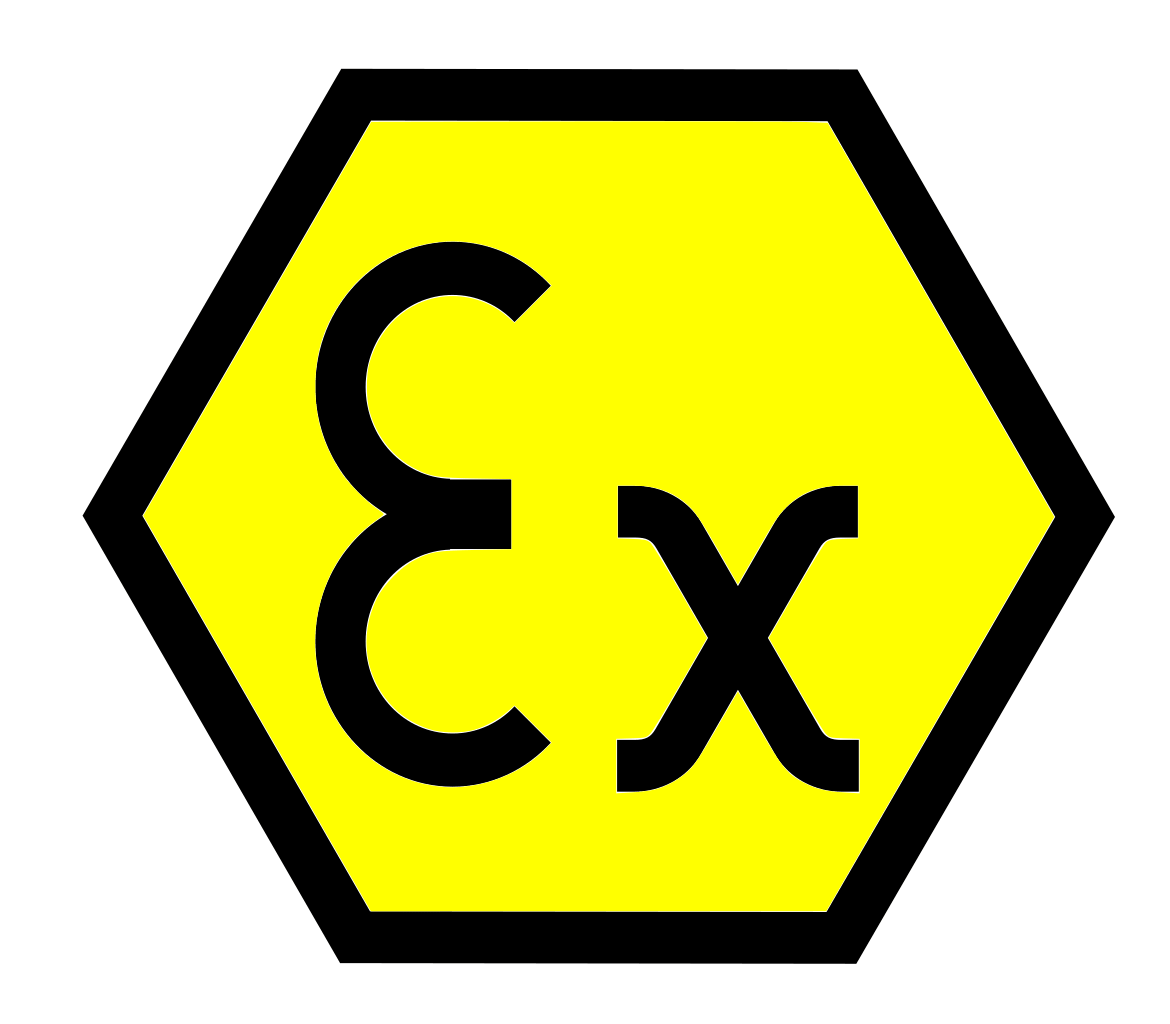The Ultimate Guide To Roar Solutions
The Ultimate Guide To Roar Solutions
Blog Article
Not known Facts About Roar Solutions
Table of ContentsSome Known Factual Statements About Roar Solutions The Best Guide To Roar SolutionsHow Roar Solutions can Save You Time, Stress, and Money.
In such an ambience a fire or surge is possible when 3 standard problems are fulfilled. This is frequently referred to as the "hazardous location" or "burning" triangle. In order to safeguard setups from a prospective explosion a method of analysing and identifying a possibly unsafe area is needed. The purpose of this is to ensure the proper option and installment of equipment to ultimately prevent an explosion and to ensure safety and security of life.
(https://lnk.pblc.app/pub/f49b043987c7b7)
No tools must be set up where the surface area temperature of the equipment is more than the ignition temperature level of the given threat. Below are some usual dust harmful and their minimum ignition temperature. Coal Dust 380C 225C Polythene 420C (melts) Methyl Cellulose 420C 320C Starch 460C 435C Flour 490C 340C Sugar 490C 460C Grain Dirt 510C 300C Phenolic Resin 530C > 450C Aluminium 590C > 450C PVC 700C > 450C Soot 810C 570C The possibility of the risk existing in a focus high adequate to create an ignition will certainly differ from area to location.
In order to categorize this danger a setup is split into areas of threat relying on the quantity of time the unsafe exists. These locations are described as Areas. For gases and vapours and dirts and fibres there are 3 zones. Area 0 Area 20 An unsafe ambience is extremely likely to be present and might be existing for extended periods of time (> 1000 hours per year) and even constantly Zone 1 Area 21 An unsafe environment is possible but unlikely to be present for long durations of time (> 10 450 C [842 F] A category of T6 indicates the minimum ignition temperature is > 85 C [185 F] Dangerous location electrical equipment maybe created for use in higher ambient temperature levels. This would showed on the score plate e.g. EExe II C T3 Ta + 60C( This implies at 60C ambient T3 will not be surpassed) T1 T1, T2, T3, T4, T5, T6 T2 T2, T3, T4, T5, T6 T3 T3, T4, T5, T6 T4 T4, T5, T6 T5 T5, T6 T6 T6 A T Class rating of T1 suggests the maximum surface temperature produced by the instrument at 40 C is 450 C. Presuming the associated T Course and Temperature level ranking for the devices are suitable for the location, you can always make use of an instrument with an extra strict Division score than required for the area. There isn't a clear answer to this inquiry. It truly does rely on the kind of tools and what repair services require to be lugged out. Tools with specific examination procedures that can not be done in the field in order to achieve/maintain 3rd party rating. Need to return to the factory if it is before the devices's solution. Area Repair Service By Authorised Employee: Complex testing might not be required however particular treatments may require to be adhered to in order for the tools to preserve its 3rd party rating. Authorized workers need to be employed to carry out the job appropriately Repair service have to be a like for like replacement. New part have to be thought about as a straight substitute calling for no unique testing of the devices after the repair service is full. Each piece of equipment with an unsafe ranking need to be assessed separately. These are described at a high degree listed below, but also for even more in-depth info, please refer directly to the guidelines.
The Roar Solutions Statements
The equipment register is an extensive database of devices records that consists of a minimum set of fields to recognize each product's area, technological criteria, Ex lover category, age, and ecological information. The proportion of Comprehensive to Close inspections will certainly be figured out by the Devices Threat, which is examined based on ignition danger (the possibility of a resource of ignition versus the likelihood of a combustible atmosphere )and the dangerous location classification
( Zone 0, 1, or 2). Applying a durable Risk-Based Examination( RBI )approach is important for making sure conformity and safety and security in taking care of Electrical Equipment in Hazardous Locations( EEHA).
Roar Solutions Fundamentals Explained

In regards to eruptive threat, an unsafe area is an environment in which an eruptive atmosphere exists (or might be anticipated to be existing) in quantities that call for unique preventative measures for the building, installation and use of tools. eeha. In this short article we check out the challenges dealt with in the workplace, the risk control procedures, and the required proficiencies to work securely
These materials can, in certain conditions, create explosive ambiences and these can have significant and tragic repercussions. Many of us are acquainted with the fire triangular remove any type of one of the 3 components and the fire can not happen, yet what does this mean in the context of hazardous areas?
In a lot of instances, we can do little concerning the degrees of oxygen airborne, but we can have significant influence on resources of ignition, for instance why not check here electrical equipment. Dangerous areas are recorded on the harmful location classification drawing and are determined on-site by the triangular "EX LOVER" indication. Below, amongst other essential details, areas are divided into three types depending on the hazard, the chance and period that an eruptive environment will exist; Zone 0 or 20 is regarded one of the most harmful and Area 2 or 22 is considered the least.
Report this page